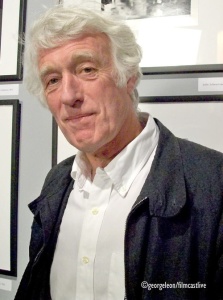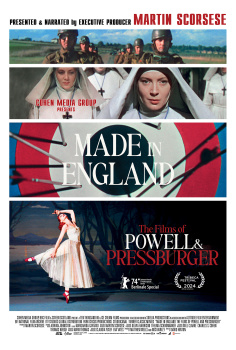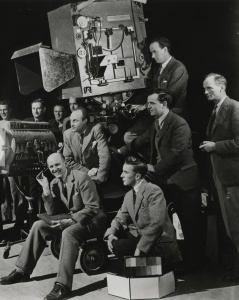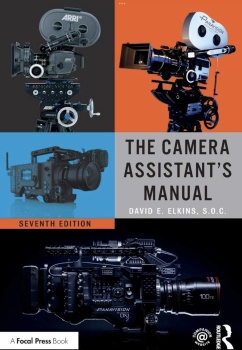Enter Cooper, who spoke of the various ways that the Festival has expanded in recent years to incorporate new ways of looking at and presenting films. “We’re committed to this sometimes almost crazy approach to new programming ideas,” he said. Last year, Cooper’s rookie season as Festival Director, saw the creation of the NEXT section highlighting low to no-budget films, and the inauguration of
Sundance Film Festival U.S.A., in which Festival filmmakers traveled to 8 cities around the country (9 this year) to present their films. For 2011 Cooper further expanded the Festival’s Day One presentations to include five different premieres (representing all five dramatic, documentary, and short film competitions), and started a new Documentary Premieres section, bringing up the number and breadth of documentaries represented at the Festival, which he noted that Redford personally pushed for. “It’s so great to be in a second year, not a first year,” he said, showing the candor that has come to define a more open and approachable era for the Festival. “I’m almost relaxed.”
More than two years removed from sky-is-falling panic over the future and feasibility of independent film and festival culture in particular, Redford, Cooper, and Putnam talked optimistically about the ways in which filmmakers have evolved with changing methods of distribution, exhibition, and production, and of how the Festival and the Institute are evolving along with them.
“We’re very supportive of the acquisition market here, and are thrilled when films are acquired for distribution,” said Putnam, addressing her first Festival audience since being appointed as the Institute’s executive director last February. “But as that market gets tougher, there’s an exciting trend where films are looking to build their own audiences. The filmmakers are taking more autonomy in how to manage their own releases.”
“I think it’s changed their art a little bit,” added Cooper. “They’re staying more personal, more real to themselves, because it’s between them and the audience. Instinctually they know there’s an audience for their films. You look back at some of our more difficult films here, like
Precious [2009] and
Winter’s Bone, from last year. We keep getting proof that there’s a hunger for an alternative kind of entertainment.”
The big unknown is exactly how those hungering audiences will find films via alternate distribution models such as online or on-demand. “It’s technically easier to see films,” said Putnam, “but the challenge now is how to get your film, amidst all the available films, to break through and get noticed and seen. It’s really a marketing challenge.”
After thirty years of shepherding independent films to a greater public, Redford sees not a worsening but rather continuity in the challenges confronting filmmakers. “Independent film has always been a tough road,” he said. “I don’t think it’s ever not been tough.” He recounted that from Sundance’s very beginnings, he learned it was crucial to recognize the difficulties of doing things differently. “Nobody votes for a new idea,” he added. “It’s something you have to grind out yourself. You have to take it to the point of traction, where somebody sees what you’ve done, believes in it, and then might get lucky and get some support.”
With another Festival upon us, there are 199 more films that have grinded their way to life, and to the constantly evolving platform of Sundance. “Some films are not going to be liked at all, and some films will be very much liked. That’s okay,” said Redford. “The point is to show what’s out there. And create opportunities for the filmmakers, and for audiences to find that work. Wherever it goes is really some other people’s business.”
Courtesy of Eric Hynes & Sundace Film Festival



























































